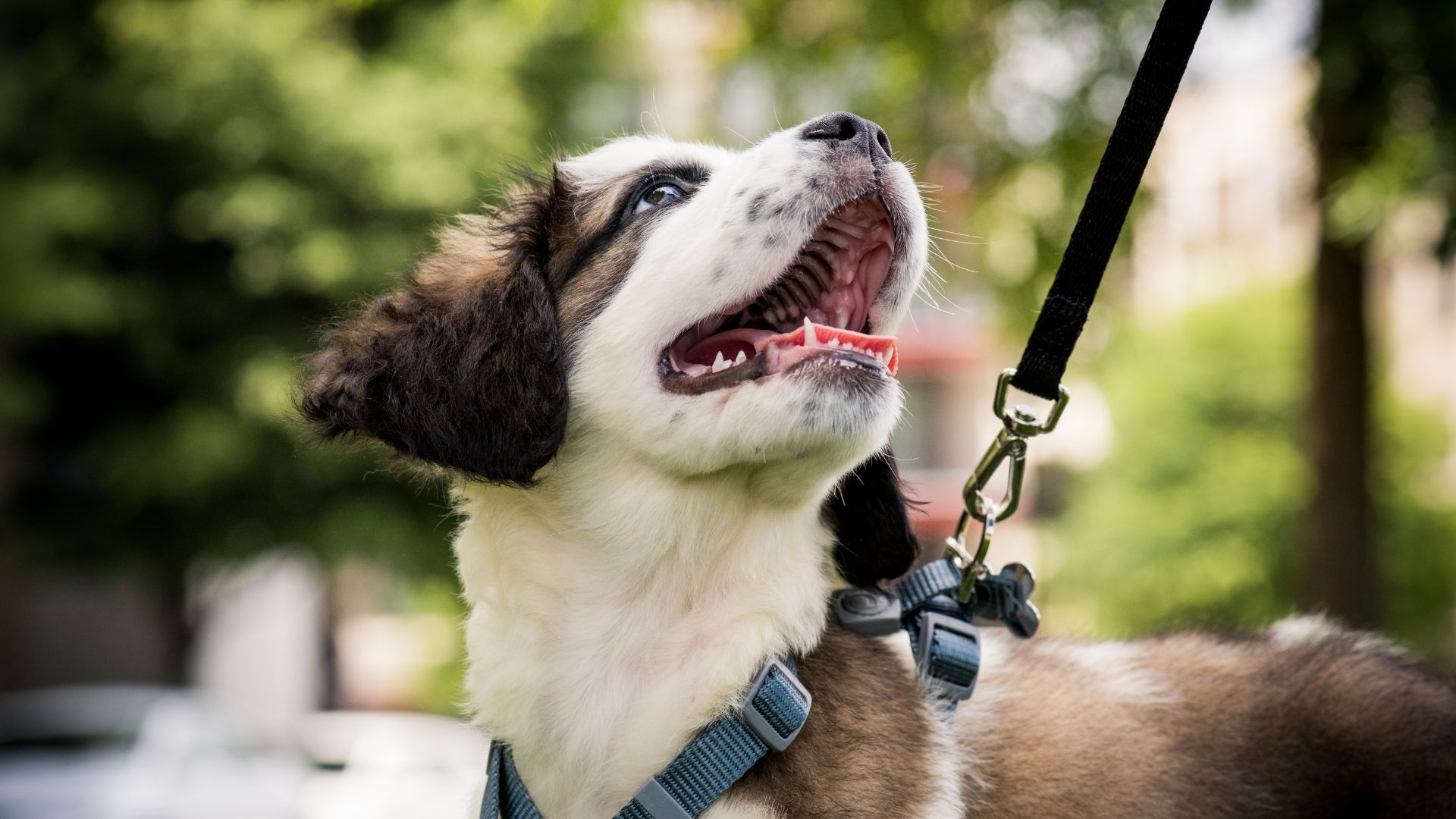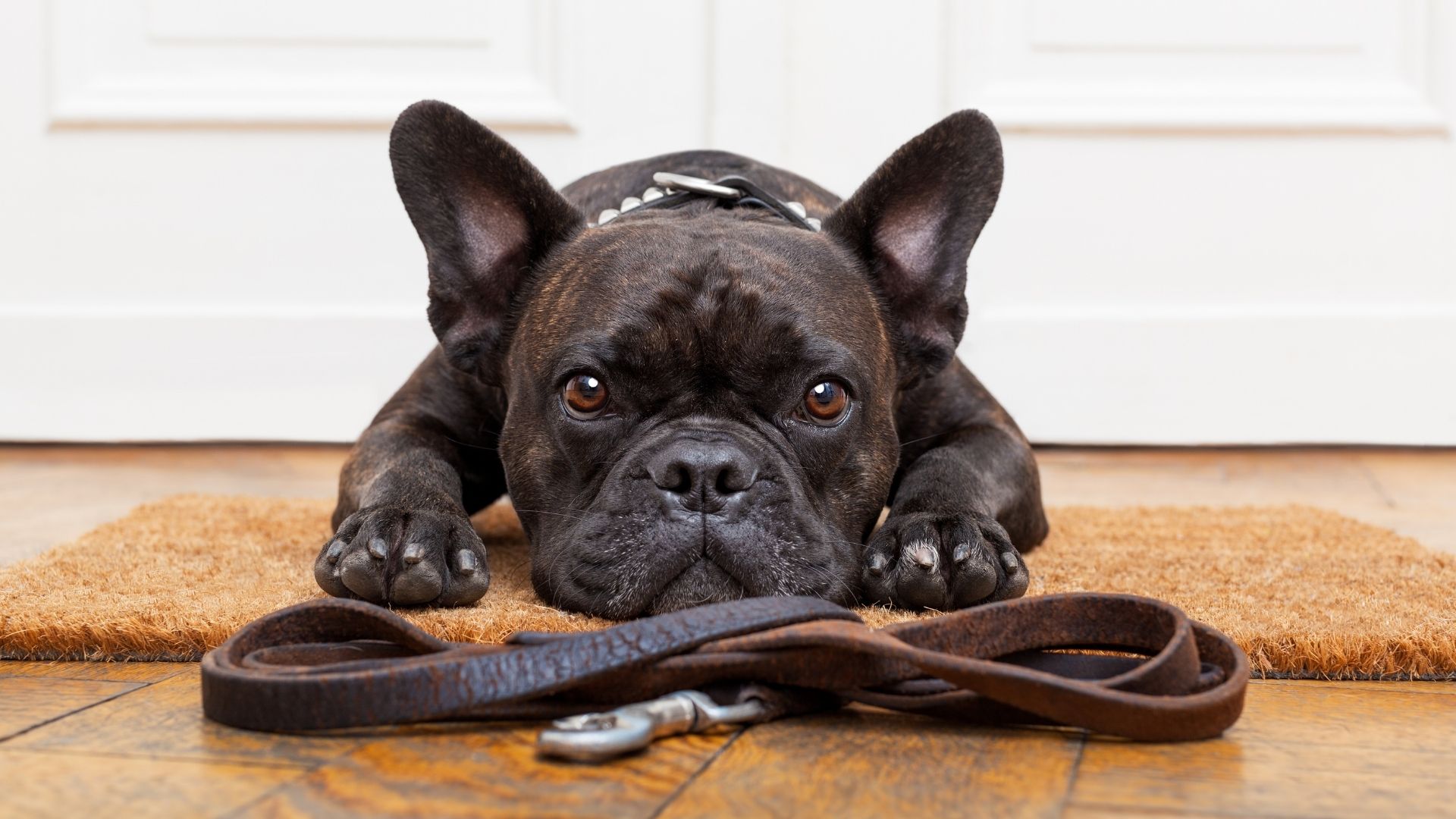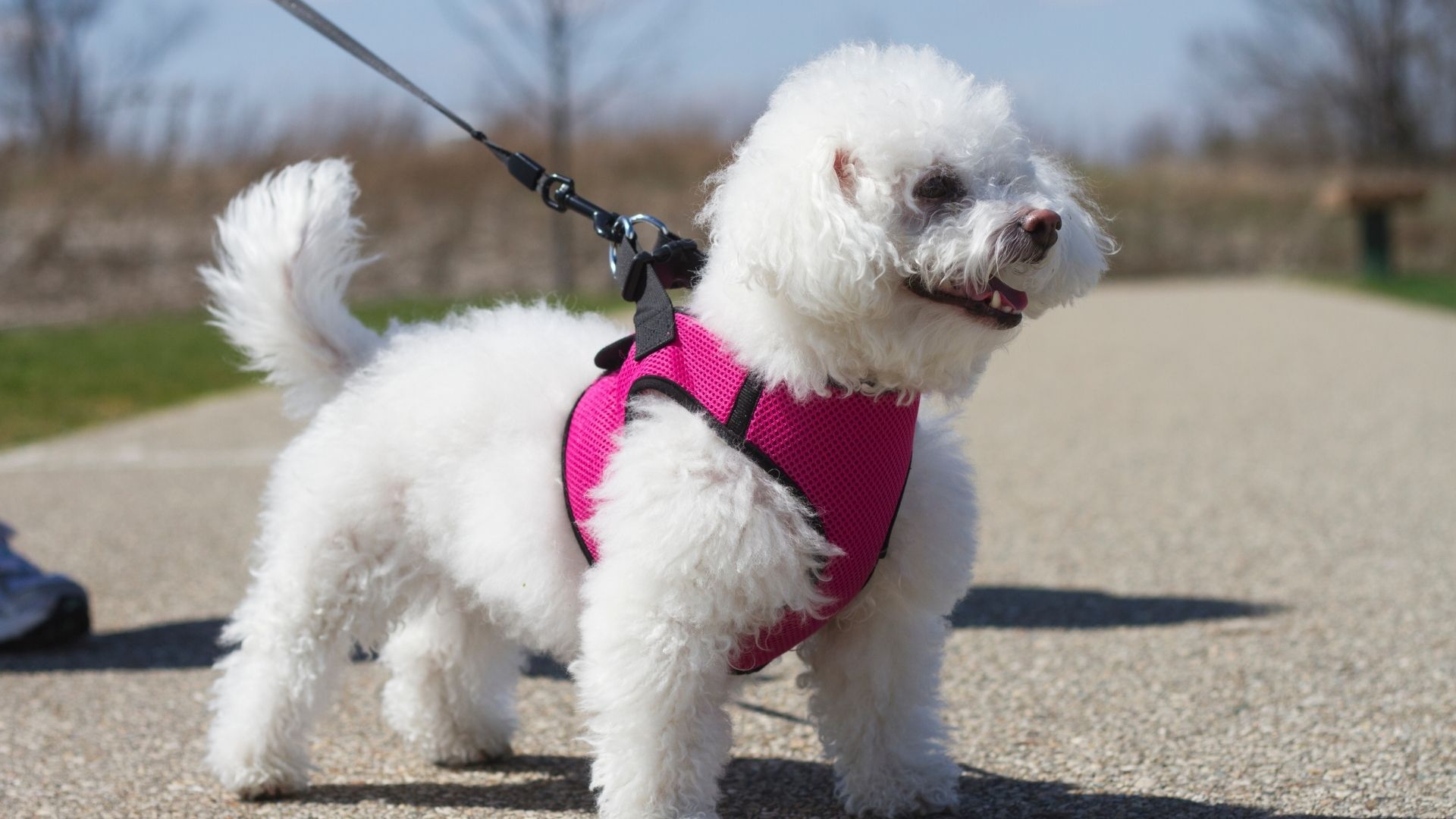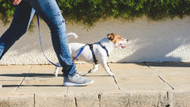Lead training a puppy can be a tiresome task. Puppies are easily excited - they're energetic and eager to see the world around them.
Once outside, they just want to explore! They want to see and smell absolutely everything.
Going for walks is an important part of being a puppy. But first, a puppy needs to be lead trained.
Continue reading to get some simple tips for lead training a puppy.
"We recommend walking a puppy for 5 minutes, for every month the puppy is." -Pet World Expert

Guide To Lead Training
Length of Walk
There is so much to learn as a puppy parent. We have to think about nutrition, house training, bedding, and exercise... the list goes on. In terms of exercise, we advise "a 5-minute walk for every month the dog is."
For example, if you have a 3-month-old puppy they should only be getting a 15-minute walk (5 X 3 = 15), once a day.
The length of walk recommended does not depend on the energy levels of the dog. A hyper dog should get the same amount of exercise as an inactive dog.
This is because their bodies need the energy to help their bones develop and grow.

Familiarisation
The first thing to do when lead training a puppy is to familiarise them with the outside world. At a young age, they need to hear and see the world.
They need to listen to the strange noises from a motorbike, go on car rides, hear children screaming and shouting, discover the ear-piercing sound of a building site and in particular hear the never-ending drone of the traffic passing by.
Once your puppy is familiar with these (and other) sounds, it will help to prevent them from being frightened whilst out walking.
Shop Popular Dog Leads
Lead Training Tips
Once accustomed to these sounds, it is time to commence lead training. On your first walk bring high-value treats (hot dog, liver, sausage, chicken, etc.).
The treats should be small in size, i.e. half the size of your fingernail.
You should have a short lead on your puppy so that they are close to you and unable to wander.
Once you walk outside the door, drop a treat beside your foot and show the puppy where it is.
Do this every step for 10 steps. If your puppy is distracted continue to drop the treats for an additional 10 steps. If he/she is doing well you can try dropping a treat every second step for 10 steps.
This exercise aims to show your puppy where to stay on the walk.
Even if the surroundings are interesting and exciting, the high-value treats should ensure your puppy stays close to you (the walker). This exercise sets the dog up for success!

If your puppy is stopping to sit down, let them. It is likely they are doing so to absorb the information in their environment and learn from the experience.
If your dog is pulling on the lead, stop walking. Wait for him/her to come back to you and once the lead is loose you can start to walk again.
If your dog is pulling to sniff something, wait until the lead is loose and then let the dog sniff. We must let them sniff on walks as this is their instinct and part of being a dog.
Shop Popular Training Products
If you have more questions, reach out to our nearest petworld store or call us now

